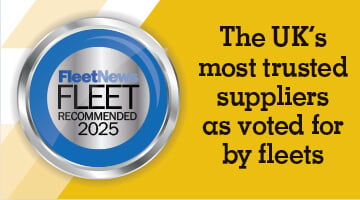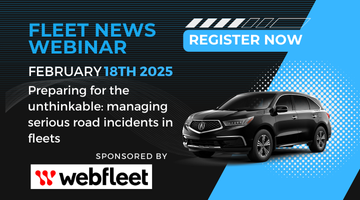Some fleets, for example, may operate vehicles on a four year operating cycle, yet the average company car driving employee only stays at the business for three years. This creates the danger of substantial early termination fees and excessive depreciation, unless the company can reallocate the car, and is just one example of how legacy fleet strategies may have failed to keep pace with corporate business requirements.
'Go back to a blank sheet of paper, write down why you provide company cars, and see if your current policy meets those corporate objectives,' said Stevenson.
'You will have to make changes somewhere.'
Speaking at the Fleet News Healthcheck, sponsored by AA Business Services and Interleasing, he warned that too many fleet policies are based on a one-size-fits-all strategy, when they need to be sufficiently flexible to meet business and driver needs today and in the future.
As an example of the complexity of a comprehensive fleet review, Stevenson cited KPMG's own cash-for-car calculating software that assesses 30 different variables before deciding whether a driver or employer is better off switching from a traditionally funded company car to a car funded by a cash allowance.















Login to comment
Comments
No comments have been made yet.